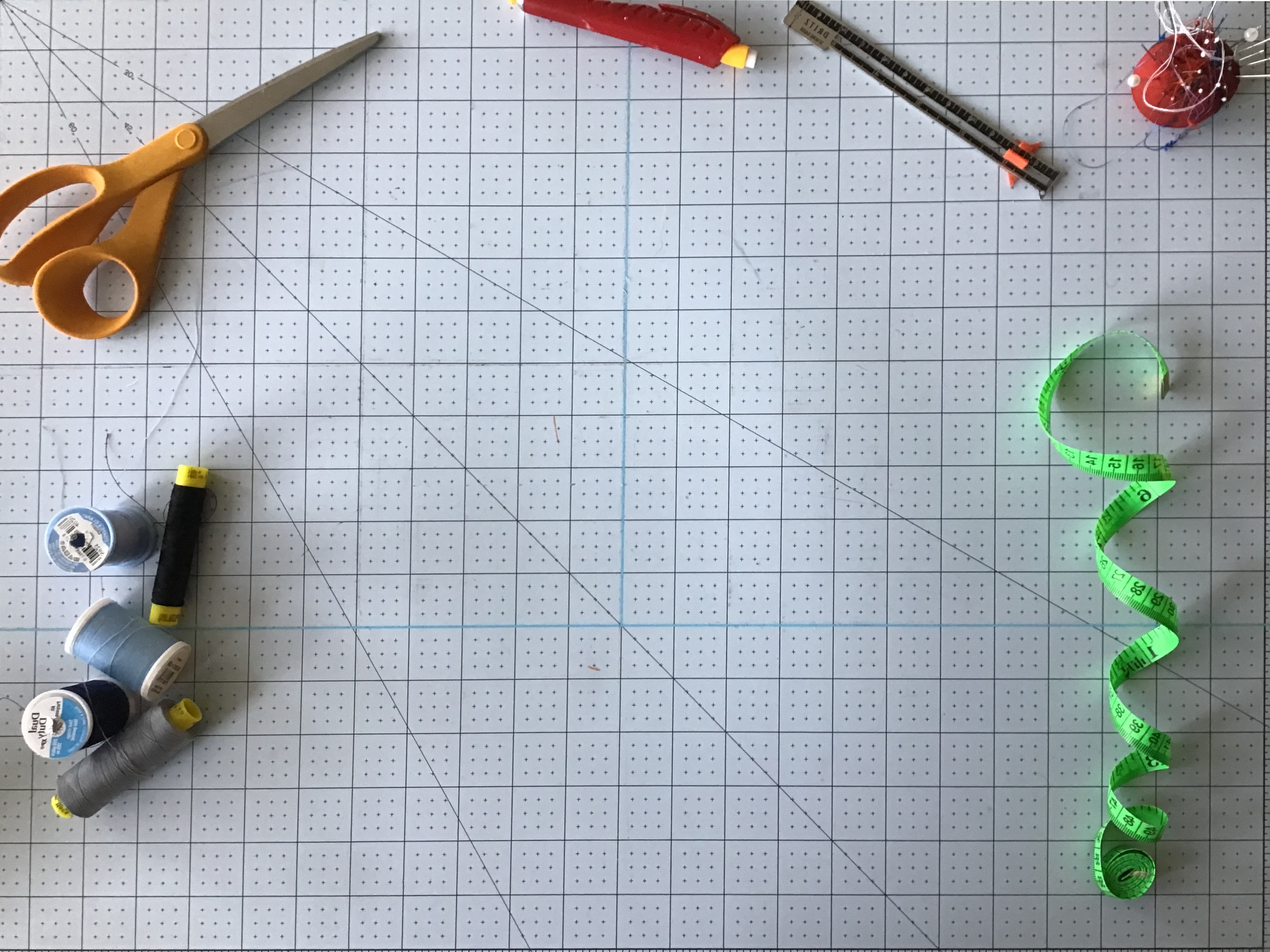If you know me at all, you know that I’m absolutely crazy about The Orville, Seth MacFarlane’s brilliant love-letter to the ’90’s “Star Trek” era. It’s funny, hopeful, and somehow honest with just the right mix of science fiction, social commentary, and workplace comedy . Even my wife, who barely tolerates any Trek, loves the show.

So, of course, I had to have the uniforms.

This turned out to be harder than it sounds. The show premiered in 2017 but, thanks to the pandemic, season three won’t come out until later this year, which has definitely hurt interest; and it already hadn’t attracted quite the same devotion that even a sub-par “Star Trek” series can, so there still isn’t the same level of carefully researched costume analysis out there nor are any ready-made patterns available.
So I had to get creative.



My first attempt was made for Halloween of 2019. It was based on a commercial jacket pattern, a KwikSew K4032. This is meant as a fleece fall/winter jacket and has close to the same basic shape as the uniform jackets.

For material, I used ProCool Pique, a sports mesh that came pretty close to my desired texture. The problem is that it’s also very thin and wouldn’t fall at all like the material from the show. I solved this by fixing it to some thicker, cotton/poly blend of a similar color using Spray’n’Bond. I used a black scuba-knit for the black portions of the uniform.

Rank epaulets and insignia for these first two jackets were simply 3d printed and then painted. I attached them to the jackets with Velcro, which meant they could be easily removed for washing. The models came from here.

This kind of worked. The jackets were fine for Halloween, especially given how little time I gave myself to finish, but needed a lot more work to really look like the show. Which meant some serious adjustments to my first two attempts.
The first problem was the sleeve. It needed to have piping all the way down, plus ribbing just above the cuff and piping on either side of that. This meant not only adding cuts for that, but also adding enough allowance on the sleeve to account for all the new seams.

The center piece of this sleeve gets ribbing. It’s actually easiest to just run a two or three lines of stitching to create permanent folds in the piece. The end result looks almost like an accordion. Once the whole sleeve is put together, the folds will fall flat as expected.

The uniforms also feature either piping or top-stitching where the division color meets the grey yoke and the black flanks. It isn’t obvious which and, since top-stitching was simpler, that’s what I did. The collar also required some adjustment, as evidenced by the above image. This happened when I attached the collar before the zipper and wound up with too much extra on the collar. I like the result as a sort of alternate version of the uniform, maybe some mirror universe thing, but it doesn’t look like what showed up on screen, so it needs to be fixed for the next one.

Fixing the collar meant cutting the KwikSew collar in half, inserting the piping, and then putting the two halves together. I’ve experimented with various materials for the collar facing. I haven’t found any good reference images for the inside of the uniform, so it’s just a matter of what looks and feels right. After some experimentation I’ve arrived at something I feel comfortable with.
Next came the insignia. I never felt completely comfortable with the 3d printed version, and after leaving grad school I didn’t have access to the university’s printers anymore anyway, so I needed to come up with a new plan. After some research I arrived at the idea of using my die-cutter to produce foam badges.



Before the pieces could even be cut, they had to prepared to go into the Cricut Maker. I did this work in GIMP, producing each color as a separate layer and importing those into Cricut Design Space. While the division insignia weren’t too hard to find references for, getting the epaulets right took a lot of finagling.

All the cosplay tutorials I’ve found for working with foam focused on large armor pieces, there was nothing about pieces this delicate that I could see, so there was a lot of trial and error. The knife tool works better than the fine-point blade for most of the shapes, which tends to leave ragged edges, but medical was too delicate for that and required the finer blade. The smaller pieces only need 1-5 seconds under an iron on a “Silk” setting, using parchment paper between the iron and foam. The finished epaulet got 15 seconds and was shaped by folding it over a mason jar and holding it until it cooled down.

Each piece is cut out of 3mm craft foam on a Cricut die cutter. They were sealed (and shaped, for the epaulette) using an iron, glued together with E6000, then given a coat of high-gloss topcoat. For strength, they’re glued to a vinyl fabric backing. Once that sets, I glue them to strips of Velcro so they can be attached to the uniform.




Once the badges are finished, they can be velcroed onto the finished jacket. The pattern pieces have been adjusted to add more black to the front and back of the jacket, with commensurately less division color. One last change from the original Halloween party version is the zipper, I’ve gone from a black zip to a matching colored one.



One response to “Orville Uniform Jacket Design and Construction”
Just want to point that the only insignia with collor is the Admiral one, all the rest is plain silver